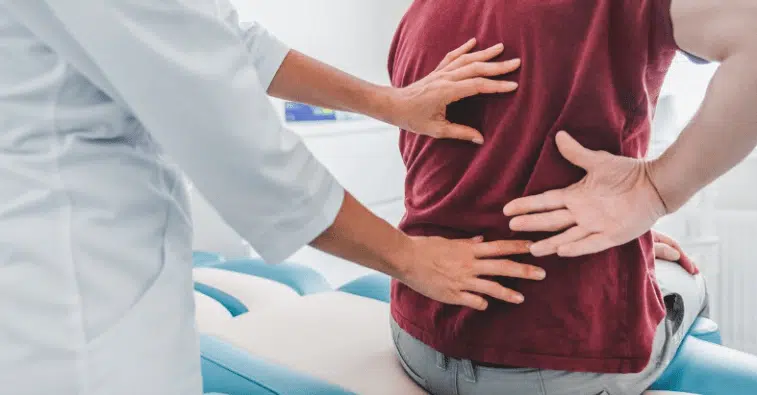
Low back pain has been a challenge to treat for centuries and evidence shows that back pain has been a concern since the origin of man. Chiropractic offers one of the most patient-satisfying and fastest treatment approaches available. At a chiropractor, there are a lot of different approaches to use from doctor to doctor. Is there any evidence that suggests one approach is favored over another? How are the patient’s goals addressed?
Chiropractic Care
Let’s look at what chiropractors actually do. They manipulate the spine and other joints in the upper and lower limbs using different techniques. Joint manipulation is consistently being reported as safe and effective, with few side effects. It’s safe to say that regardless of your chiropractor’s preferred technique, obtaining a good result is highly likely.
Chiropractic includes SO MUCH MORE than just joint manipulation! For example, they focus on the whole person, not just their isolated issue or complaint. A “typical” evaluation includes a detailed history of the patient’s general health, past history, family history, and personal habits. These habits include sleep quality, exercise habits, dietary issues, quality of life measurements, and a review of systems. By gathering this information, a chiropractor can identify areas that may be directly related to low back pain care. This information could help understand what interferes with the person’s quality of life and increases LBP. It’s really difficult to separate our low back from the rest of our body.
Treatment Goals
Let’s talk about what treatment goals we like to address when we treat our low back pain patient population. The most obvious first goal is getting rid of pain! What will drive the patient into the office is the satisfaction with pain management and the care received. This is through advice, reassurance, and training. Doctors of chiropractic often recommend ice vs. heat. Ice reduces inflammation, activity modification (teaching proper bending, lifting, pulling, and pushing techniques), and gentle stretching exercises when LBP is present in this acute stage.
Once the pain becomes more manageable and activities become less limited, the second goal is structural restoration. This usually includes managing the flat foot possibly with foot orthotics, a short leg with a heel lift, sole lift, or combination. An unstable ankle, knee, or hip with exercise often emphasizes balance challenge exercises. Sometimes an orthotic can be as simple as an elastic wrap to a more elaborate brace. This goal also includes “functional restoration” or transitioning the patient back into real-life activities they may be afraid to try such as work, golf, gardening, walking or running, etc.
The third goal is prevention-orientation. This may include nutrition (including vitamin/mineral recommendations), weight management (though this is also part of the 2nd goal), exercises (aerobic, stabilization, balance, stretch), and stress management (yoga, lifestyle coaching, etc.).


